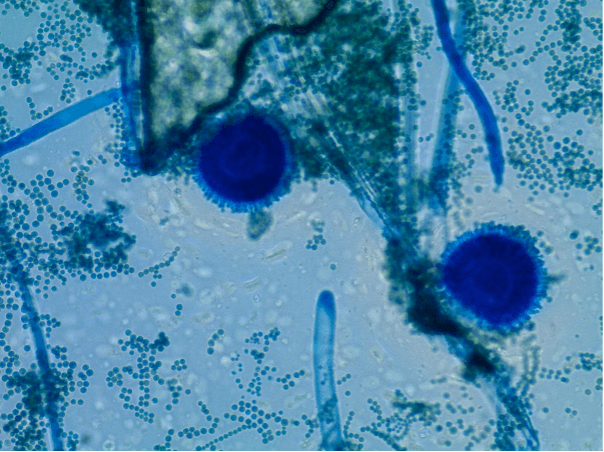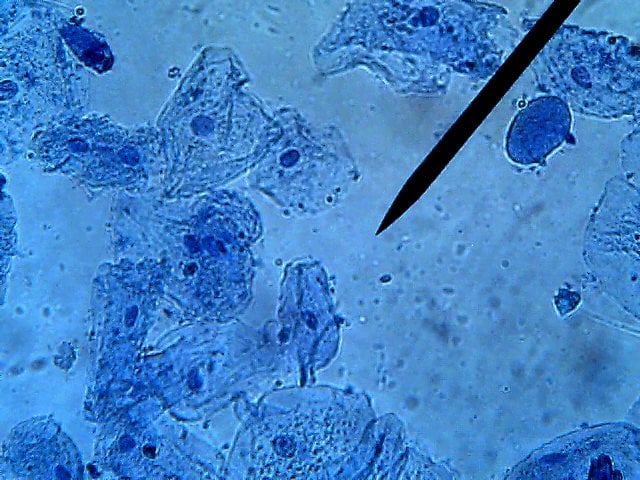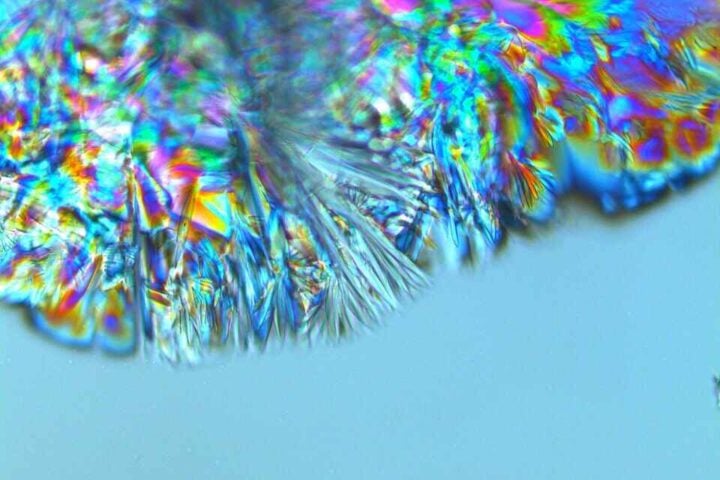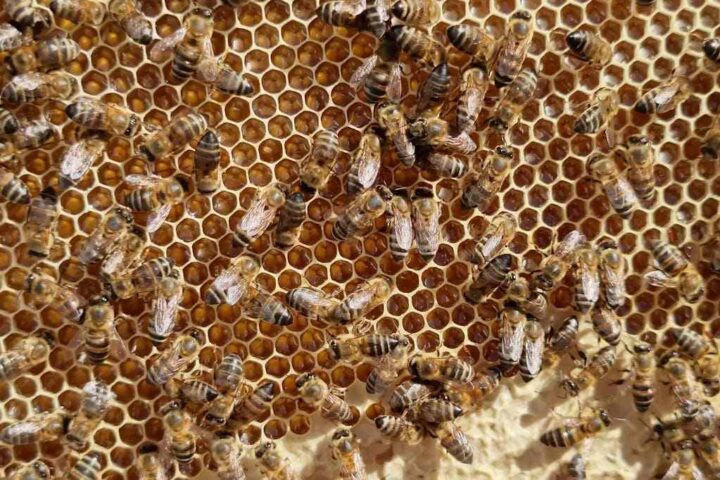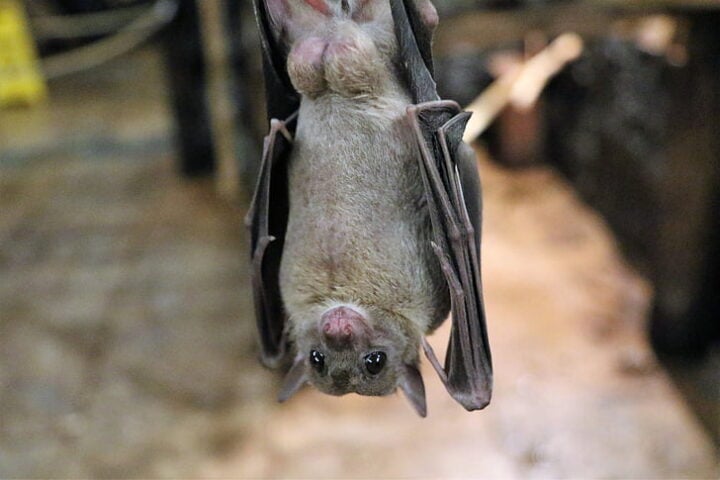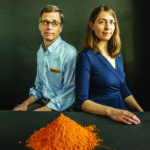A subtle but lethal threat has been growing in the shadow of global health crises: fungal diseases. According to recent studies, fungal infections are causing an alarming number of deaths that are becoming comparable to some of the most well-known diseases in the world—a fact that is frequently disregarded. Given the projected 3.8 million lives lost each year, this problem is so large that it requires immediate action in addition to a greater comprehension of its ramifications.
A troubling trend is highlighted by the startling increase in fungal-related fatalities, as reported in a Lancet Infectious Diseases article. Previously thought to be less common, fungal illnesses now cause 6.8% of deaths worldwide. This number stands in sharp contrast to other serious health risks like COPD, stroke, and coronary heart disease. The relative size of these figures might be a global wake-up call.
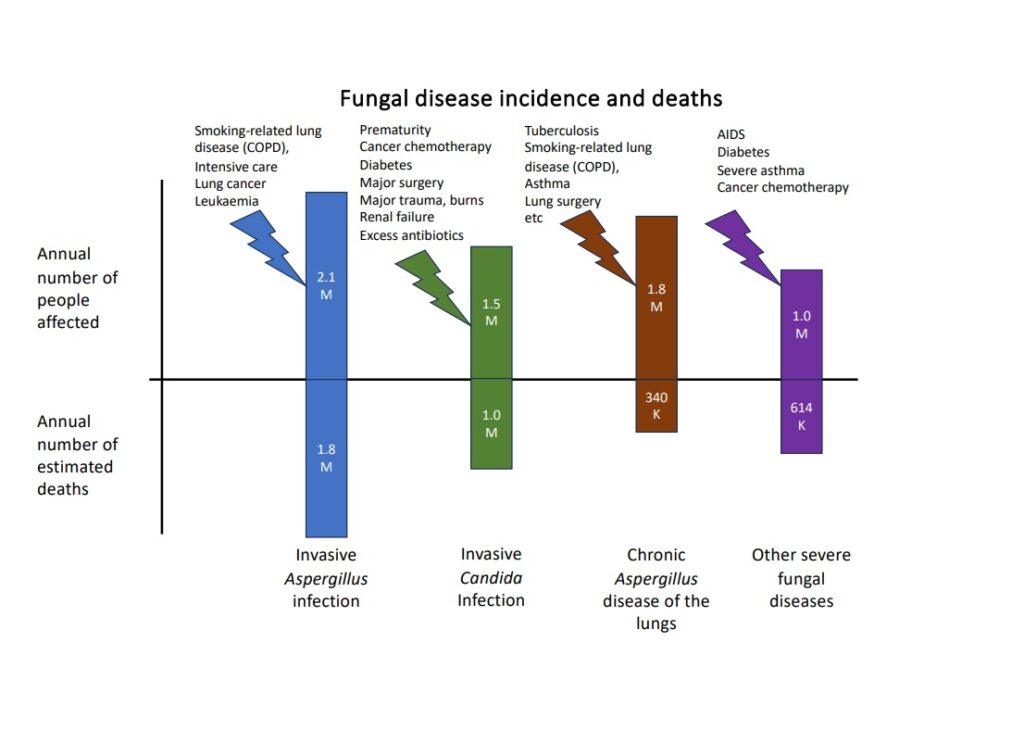
The absence of prompt and precise diagnosis is one of the main causes of this increase. Despite improvements in the diagnosis of fungal diseases, there remains a considerable barrier to the availability and use of these tests, particularly in low-income nations. For instance, South Africa has excellent diagnostic services for some fungal illnesses but is lacking in resources for others, such as Aspergillus, a common but fatal fungus.
The main causes of serious lung infections, Aspergillus fumigatus and Aspergillus flavus, have a significant effect. These fungi primarily affect people in critical care, leukaemia patients, organ transplant recipients, and those with pre-existing lung problems. The low availability of antifungal medications combined with delayed or nonexistent diagnosis raises the death rate. Approximately one-third of fungal infections are accurately detected by fungal culture tests.
Antifungal resistance is increasing in tandem with the alarming pattern seen in antibiotic resistance. The extensive use of fungicides in agriculture is largely to blame for this rising resistance to azole medicines, a crucial family of antifungal therapies.
“This work is the first global comprehensive annual incidence estimate of fungal disease, yet many gaps and uncertainties remain. Our prior estimates of annual mortality were 1.5 to 2 million, yet we now find the probable number dying with or of a fungal infection is double this at about 3.75 million. This estimate was inspired by massive changes in fungal disease awareness and diagnostic capabilities driven by Global Action For Fungal Infections (GAFFI), working in partnership with The University of Manchester, the Fungal Infection Trust, CIFAR’s Fungal Kingdom: Threats and Opportunities program and GAFFI’s global Ambassador network. This work would also not have been possible without the remarkable collaboration of over 300 professionals across the world who contributed to published estimates for their country and individual fungal diseases.”
Professor David Denning
Sepsis cases and deaths are attributed to Candida infections, which are another important factor in the mortality of fungal diseases. These infections, which are caused by a fungus that is a natural part of the gut microbiota, can be fatal if they get into the bloodstream, especially in people who have diabetes, renal failure, or are having major surgery. Only 40% of these serious infections are identified by current blood culture techniques, despite their severity.
Similar Posts
The fungal disease issue is made worse by the HIV/AIDS pandemic; fungal infections are responsible for approximately half of the 600,000 fatalities from AIDS-related causes each year. While the CDC and WHO are working to combat cryptococcal meningitis, a serious fungal infection that poses a hazard to AIDS patients, there are still obstacles to overcome, especially when it comes to identifying and treating histoplasmosis in South-East Asia and Africa.
The ‘black fungus,’ or mucormycosis outbreak that followed the COVID-19 pandemic in India, is a dramatic illustration of the growing fungal menace. This outbreak, which was brought on by fungus that induce tissue necrosis, represented a notable rise in cases because variables such as poorly controlled diabetes and heavy steroid use for COVID-19 treatment.
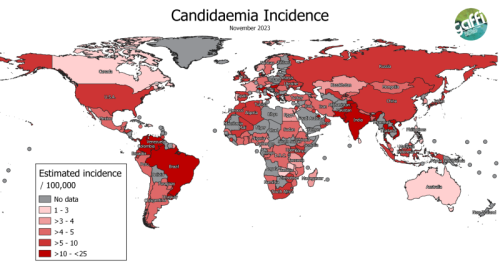
This is not an isolated instance. Worldwide, patients with influenza who are admitted to intensive care units run a significant risk of contracting the deadly Aspergillus infection, which doubles their chance of dying. Health specialists are quite concerned about the possibility of a combined epidemic of respiratory viruses and fungal infections.
The situation is made more difficult by the link between severe asthma and fungus allergies. As people age, fungal infections can cause difficulties with asthma that might result in repeated hospital stays and ER visits. Asthma continues to be a significant factor in 461,000 fatalities every year, despite efforts to control it.
Fungal illnesses are a constant hazard since they are so common in our surroundings and even inside of us. We are vulnerable because there are no immunizations against fungus infections, especially for people with pre-existing medical issues and those who live or work in moldy surroundings. A prompt and accurate diagnosis is essential to fighting this escalating health threat.
The most recent research has brought attention to the growing epidemic of fungal diseases, which is a clear demand for better treatment access, enhanced diagnostics, and increased public and medical community knowledge. There has never been a greater pressing need for a coordinated, international response as we battle the rising flood of fungal-related death.
